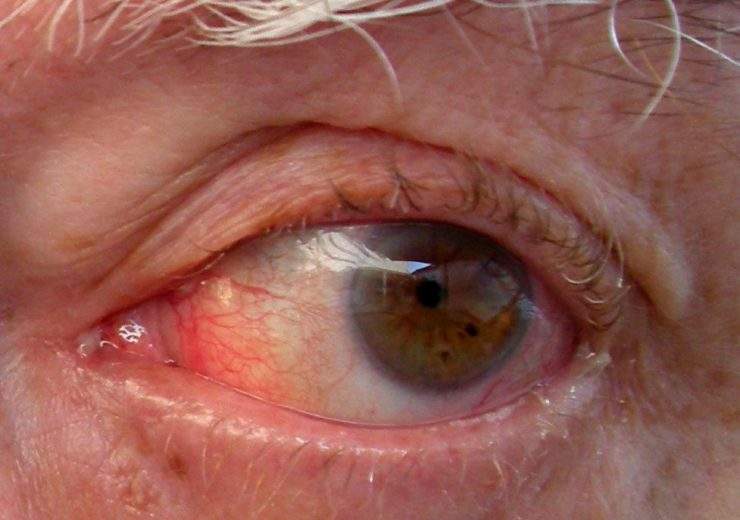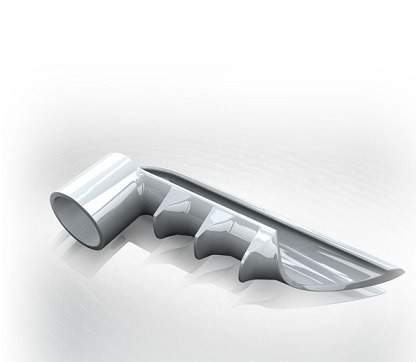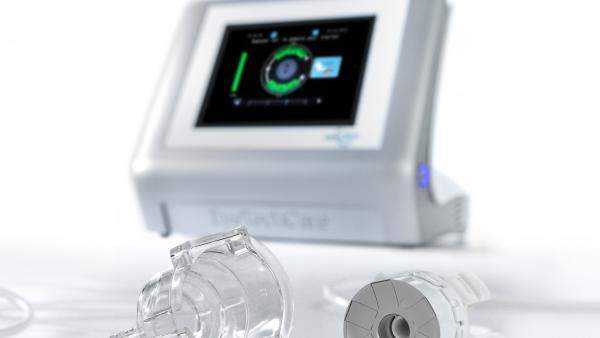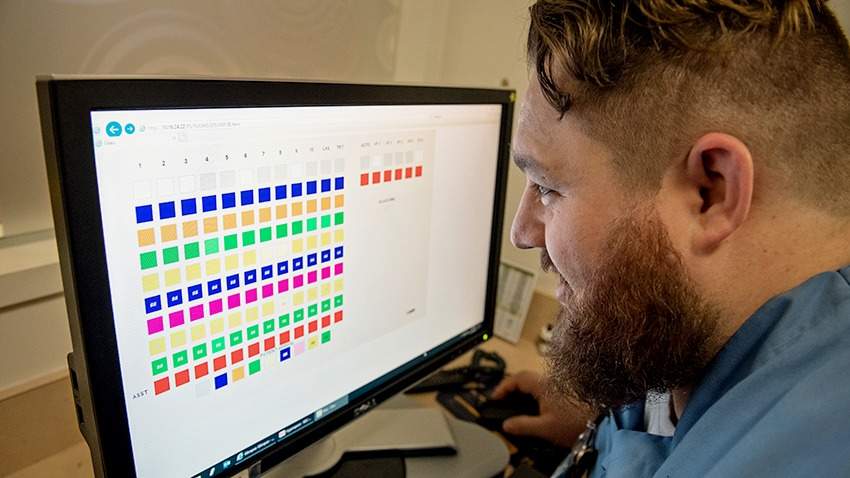Moves to make hospital-grade technologies available for detecting early signs of vision-threatening eye diseases such as Glaucoma in optometry clinics to improve health outcomes and Glaucoma treatments during National Glaucoma Awareness month.

Glaucoma is a common eye condition
Eye drops, contact lenses and pills are some of the traditional glaucoma treatments offered by doctors – but a wave of new tech are innovating eye care.
January marks the National Glaucoma Awareness month, which aims to highlight the treatments available and the adverse effects if glaucoma is ignored.
The common eye condition is the second cause of irreversible blindness in the world, leading developers of medical devices and systems to come up with new tech solutions for patients.
What is glaucoma?
In short, glaucoma damages the optic nerve and can lead to visionary loss, reduction in visual acuity, loss or reduction in colour vision, pupil response abnormality and, gradually, the eye’s natural drainage system becoming clogged.
The World Health Organization estimates that 4.5 million people worldwide are blind due to glaucoma.
Further global statistics provided by brain and eye disease research charity BrightFocus Foundation show this could increase to almost 80 million by 2020.
Due to lack of awareness, glaucoma often goes undiagnosed until it has caused permanent vision loss, which is why it is important to undergo regular eye exams.
Market growth in new tech for glaucoma treatments
The global glaucoma treatment market is emerging with a rapid speed due to some of the major factors such as growing incidences of glaucoma diseases across the globe.
It’s an escalating market of more than eight million patients, which is expected to continue to expand.
In a previous report on the glaucoma market, data intelligence company GlobalData predicted that sales in the sector would reach $3.8bn (£3bn) by 2026.
Glaukos’ new tech for glaucoma treatment
There are several new devices for glaucoma treatments in development by glaucoma treatment company Glaukos Corporation.
Based in San Clemente, California, the firm was the first to bring a product to market in the microinvasive glaucoma surgery (MIGS) space with the iStent and iDose devices.
With the iStent trabecular micro-bypass stent, the implant is placed into the eye to relieve pressure and preserve a patient’s long-term vision.
Measuring only 0.23 mm by 0.36 mm, it is believed to be the smallest medical device known to be implanted in humans approved by the US Food and Drug Administration (FDA).
The iDose implant allows the surgeon to inject two stents into the Schlemm’s canal eye vessel instead of one, increasing the likelihood of ending up adjacent to a collector channel – another part of the eye anatomy.
Speaking at the JP Morgan Healthcare Conference in San Francisco earlier this month, Glaukos CEO Tom Burns said: “Our mission is inspirational.
“As a company we are seeking to transform glaucoma therapy, and in doing so we want to transform ourselves into a hybrid surgical-pharmaceutical-medical device company that is creating powerful platforms in sustained pharmaceutical therapy, medical devices and diagnostic platforms.”

Eye Tech Care’s glaucoma treatment using ultrasound
The EyeOP1 was created by Eye Tech Care, a French company developing and marketing equipment for non-invasive glaucoma treatments in ophthalmology – a branch of medicine and surgery that deals with the diagnosis and treatment of eye disorders.
This computer-controlled medical device treats glaucoma using ultrasound that is safely done in three minutes.

The pioneering French technology has been recognised by the 2016 Europe Frost & Sullivan Award for technology innovation, and has treated about 5,000 glaucoma patients around the world since its introduction to the market.
Already established in Shanghai, Eye Tech Care aims to introduce EyeOP1 in Singapore, Malaysia and Indonesia this year.
In addition to a growing number of new tech set to transform glaucoma treatment, changes are also being made to the operating systems at eye centres by revamping them to create a “glaucoma smart clinic”.
Radio-frequency ID treatment used to treat glaucoma
Recently, a new function of radio-frequency identification (RFID) technology at eye care clinics has come to light.
RFID technologies use wireless communication and radio waves to capture and read information stored on a tag attached to an object.
A tag does not need to be within direct line-of-sight, it can be tracked from several feet away.
This system being operated in the retail industry to make shopping experiences more efficient, particularly in managing inventory counts – as it’s been made easier to allocate and organise products on shelves.
It’s also a popular type of data collection used in car ignitions and electronic toll booths.
As the tags have become cheap enough to attach to everyday items system employed in the vision healthcare industry to improve efficiency, it is found to reduce issues of patient waiting times and delays.

The University of Michigan’s Center for Healthcare Engineering and Patient Safety (CHEPS), and its Kellogg Eye Center have collaborated to pilot this technology.
At the Kellogg Eye Center, doctors, ophthalmic technicians, medical assistants and more than 2,000 patients in the glaucoma clinic have already agreed to apply the ID tags implanted with the RFID chip.
Kellogg Eye Center’s glaucoma treatment specialist Dr Paula Anne Newman-Casey says: “We hope to schedule patients in a more respectful way that acknowledges the complexity that goes into glaucoma care and recognises the burden on patients of managing a chronic disease.”
Customising technology to the needs of these patients has brought out a realm of beneficial services being considered from the data collected, such as education and counselling opportunities.
Among them are one-on-one coaching to improve patients’ medication adherence and discussions about new tech for glaucoma treatments.
Specsavers adopting Topcon OCT in its stores
Specsavers recently completed equipping its stores with Topcon’s optical coherence tomography (OCT) technology as part of a new tech for glaucoma treatment.
The device is used in eye examinations by opticians to detect eye diseases in the early stages through scanning both eyes.
Specsavers has reported that the OCT enhances clinical decision-making with results that show a decrease in patients contracting “avoidable” blindness – specifically glaucoma, age-related macular degeneration (AMD) and diabetic eye disease.
Topcon’s OCT technology is now part of every eye exam at the UK-based optical retailer.
The companies claim the technology is helping thousands of patients detect and avoid irreversible vision damage or complete vision loss.
Specsavers has also noted that in Australia, the detection rate of glaucoma has doubled.
As a result, the number of patients referred for glaucoma has increased by 10,300 since 2017.
